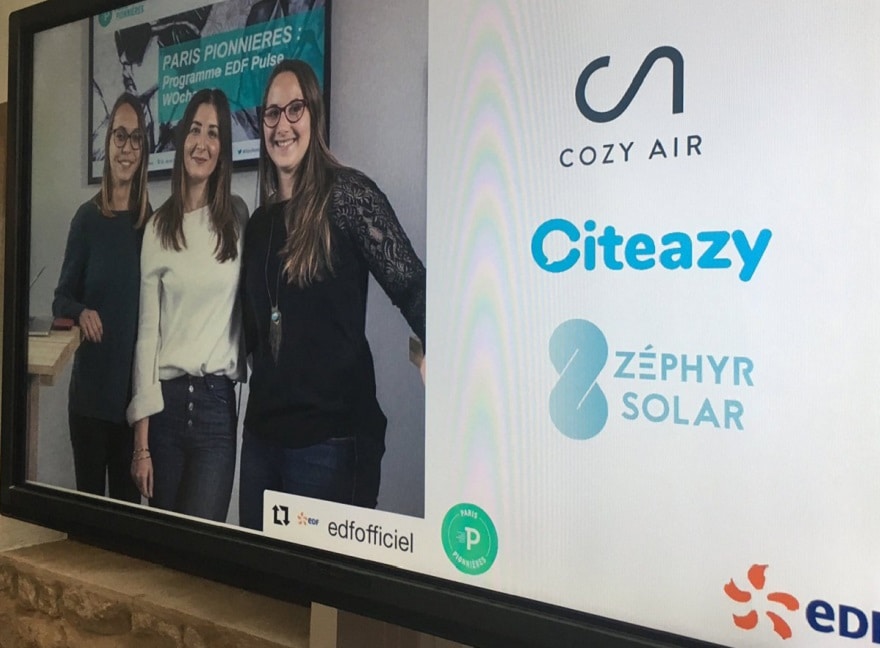WHO urged farmers to stop using antibiotics at all on healthy animals to prevent the spread of resistance to these drugs.
Bacterial resistance to one of the most common antibiotics, ampicillin, predates its use in humans and may have been caused by the administration of penicillin to cattle in the 1950s, according to a study published Thursday, Nov. 30. « Antibiotic residues in agricultural environments of the 1950s, such as manure, soil, and water, may have had a far greater impact than previously thought on the spread of ampicillin resistance.« The research was led by Dr. François-Xavier Weill of the Pasteur Institute," says Dr. François-Xavier Weill, of the Pasteur Institute, who directed the research. The results were published in the specialist journal The Lancet Infectious Diseases.
" There is an urgent need to re-evaluate the use of antibiotics in animals.« continues Dr. Weill, who advocates " close monitoring of bacterial resistance in both humans and animals on a global scale"
In early November, the World Health Organization (WHO) urged farmers to stop using antibiotics at all on healthy animals to prevent the spread of resistance to these drugs. Ampicillin, a synthetic penicillin, was first marketed in Europe in 1961. However, the first epidemics caused by bacteria resistant to this antibiotic were observed in humans shortly afterwards, starting in 1962.
Intrigued by this very short period of time, French researchers have studied the genetic properties of resistant bacteria.
They found out " that bacteria with genes capable of transmitting resistance to ampicillin actually appeared unexpectedly as early as the late 1950s« explains the Pasteur Institute in a press release.
" The emergence of this resistance to ampicillin could be due to the use of penicillin G« ...judge the researchers.
According to them, resistance genes can be transferred between strains of bacteria when they are exposed to relatively low levels of penicillin G, similar to the doses used at the time in farms.
Discovered by Alexandre Fleming in 1928 and mass-produced during the Second World War, penicillin G was used as early as the 1950s on farms in North America and Europe to fatten animals and thus increase their market value.
The increase in antibiotic resistance is a source of concern for global health authorities and WHO regularly sounds the alarm. « It is estimated that by 2050, this resistance will claim more than 10 million victims worldwide.« The authors of the study state.
Source: AFP












